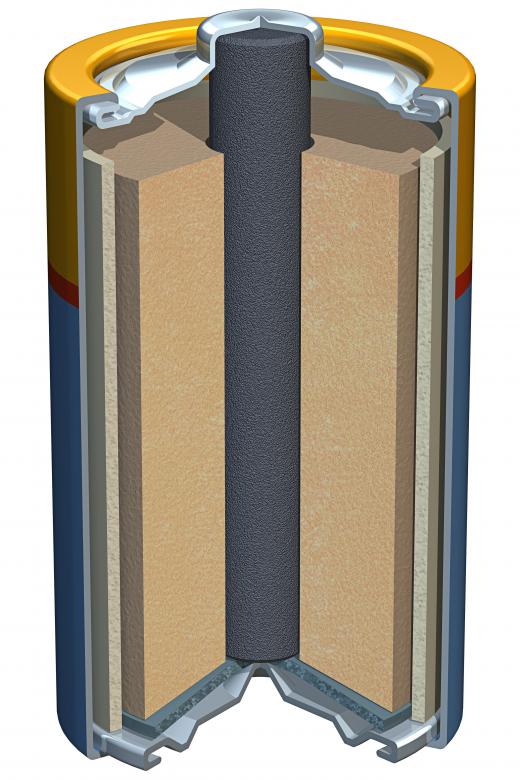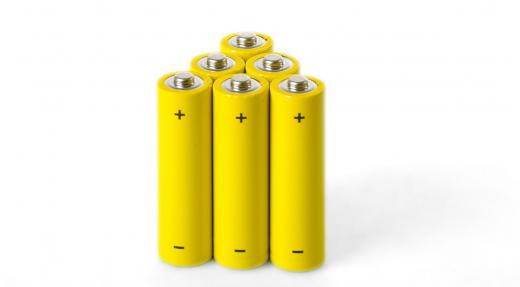Battery casings, also called battery housings, are the shells or walls encasing the functional battery parts and chemicals. Batteries, sometimes referred to as cells, are storage devices for electricity and are classified as "primary" if they are disposable and "secondary” if they are re-chargeable.
The typical 12 volt DC automobile battery, also known as a lead-acid battery contains lead, cell plates, straps, acid and distilled water. All of these components are packaged by the casing into a compact, convenient and, above all, safe device capable of efficiently providing the high current needed to start a car.

Most heavy-duty, lead-acid battery casings are manufactured from polypropylene copolymers — essentially, plastic with an attitude — which resist the corrosive effects of battery acid. There is currently a trend away from using halogen-based fire-retardant materials and toward non-halogen-based materials in the manufacture of heavy-duty casings. Halogenated material, though flame resistant, has been found to release highly corrosive and toxic gasses in the event of a fire.

“A”, "C" or "D" cell, nickel cadmium (NiCd) and lithium ion (l-ion) batteries are at the opposite end of the battery spectrum. Much smaller than lead-acid batteries, these mighty-mites usually power such items as flashlights, digital cameras, mp3’s, cell phones and so forth. Battery casings for these types of batteries, therefore, need not be made particularly durable or corrosion resistant. The effects of ruptured casings are, obviously, far less catastrophic in the case of damaged or misused flashlight or other small battery than they would be for a lead-acid battery. Thin, lightweight metallic or aluminum casings suffice to house the minor reactions and considerably less toxic materials consistent with these proportionately less powerful cells.

Battery casings should not be confused with battery cases. A case is designed to contain and protect the casing-enclosed battery. The case may be the size of a small suitcase to contain a larger, lead-acid battery, or it may be the size of a matchbook to tote a couple of tiny hearing aid cells.
Battery cases may be manufactured from a variety of materials including plastic (co-polymeric or not), wood, metal, aluminum, even cloth, leather or cardboard. Needless to say, casings are a different story. It simply would not do to produce a casing, or even a case, in the instance of a lead-acid battery, using such non-durable materials as cloth and cardboard.
